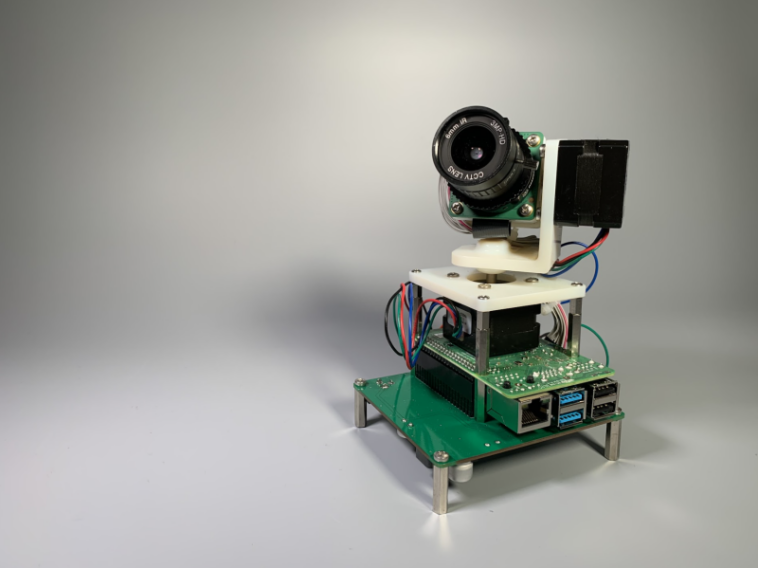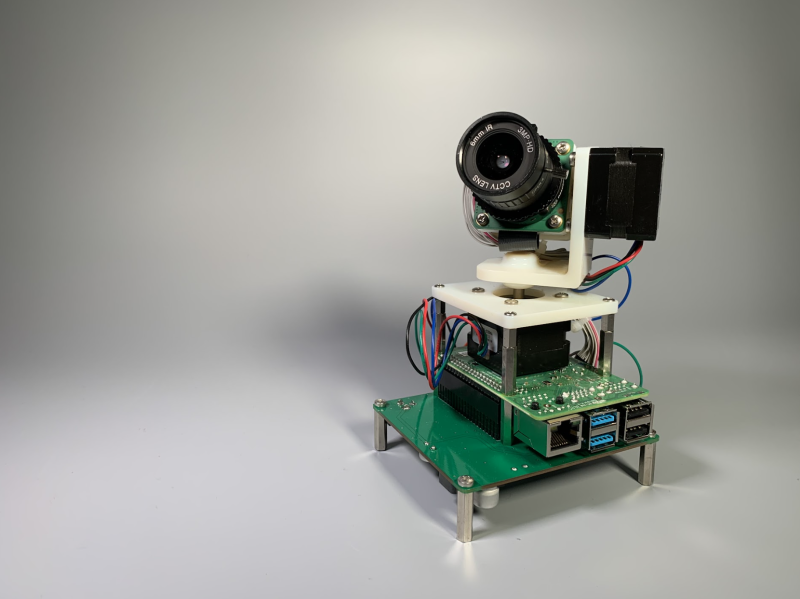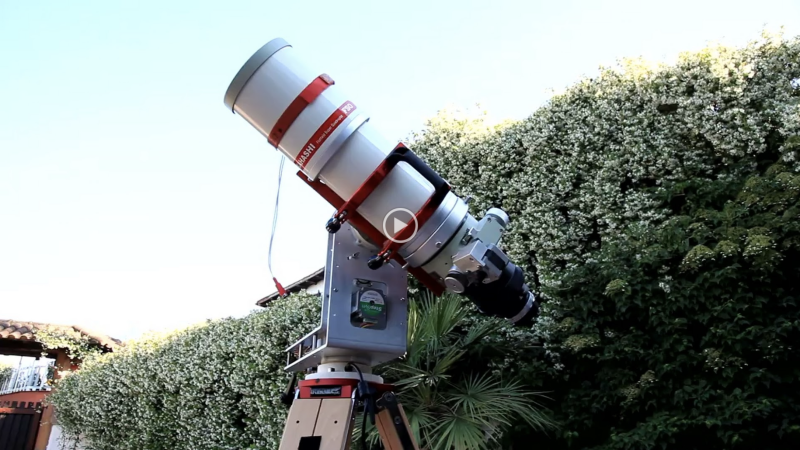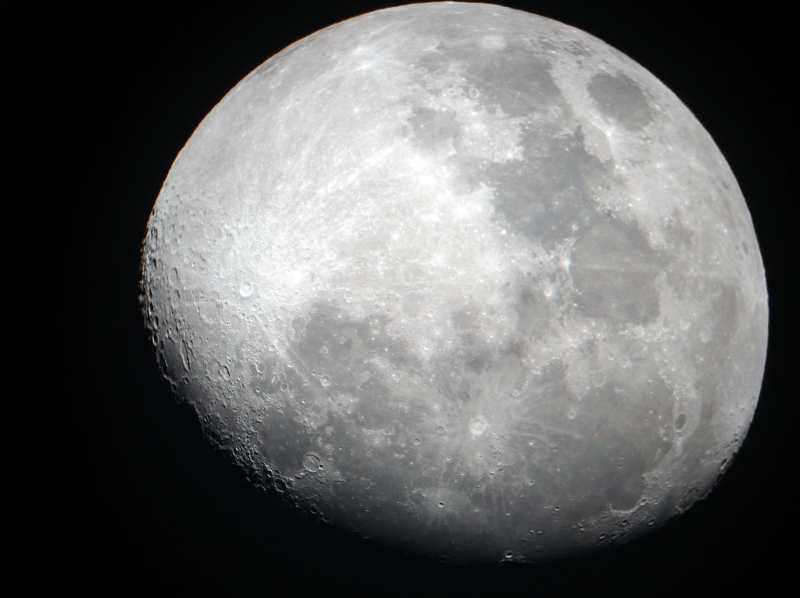The Heavy Pan Tilt System addresses a common issue with astrophotography: the need for a setup robust enough to take a hefty digital SLR camera and have it pan smoothly across the night sky without juddering or losing either focus or the object in the viewfinder. Commercial options tend to be “quite expensive astronomical mounts,” so Vito set about create his own version using his own mechanical designs and software to automate object tracking. Raspberry Pi provided the critical stepper motor controls and OpenCV libraries for computer vision. Judging by the many plaudits quickly garnered online when Vigasan revealed his build, he’s nailed it, even if some people think it would be ideal for deadly accurate tennis ball volleys and other forms of sharp-shooting.
Labour of love
Not surprisingly, the Heavy Pan Tilt System – a “very robust motorised pan-tilt system capable of supporting cameras with heavy lenses” – is the work of many months. Its strength derives from the two aluminium frames, while Vito made everything else from parts he 3D-printed. He was lucky enough to have access to a fairly high-end PolyJet 3D printer, which meant he got very accurate results. Vito also designed the electronics and the control software, plus a custom circuit board, pairing a Raspberry Pi 4 and a small camera capable of automatic object tracking, as his video shows.
Vito began by creating a project using Raspberry Pi for object tracking, before moving on to the thornier issue of the mechanical design: “The need to move a camera with lenses of a certain weight requires considerable torque from the motors. So, to avoid using too big stepper motors, I designed a reduction system based on belts and pulleys with the advantage of using smaller motors.”
Cost-benefit analysis
Although he can’t quantify the time taken for designing the software and incorporating the necessary libraries (he’s been an engineer for 20 years, so programming is part of his day job), Vito says the specific app to control things took him about a month, while designing the hardware took about twice that. Having initially tried to create the project using an ESP32 microcontroller and finding it lacked power, Vito was glad he switched to using Raspberry Pi 4, which “guarantees good computing power and the existence of a large number of libraries for any type of requirement.”
His choice of a rock-steady aluminium frame added €150 to the overall cost, which was in the region of €800. Even so, this is considerably cheaper than buying a specialist astrophotography rig. Vigasan modestly claims not to have invented anything: “I don’t think I created anything new, I just enjoyed doing it and I hope that the project will be of help to those who want to use Raspberry Pi for their creations.”





